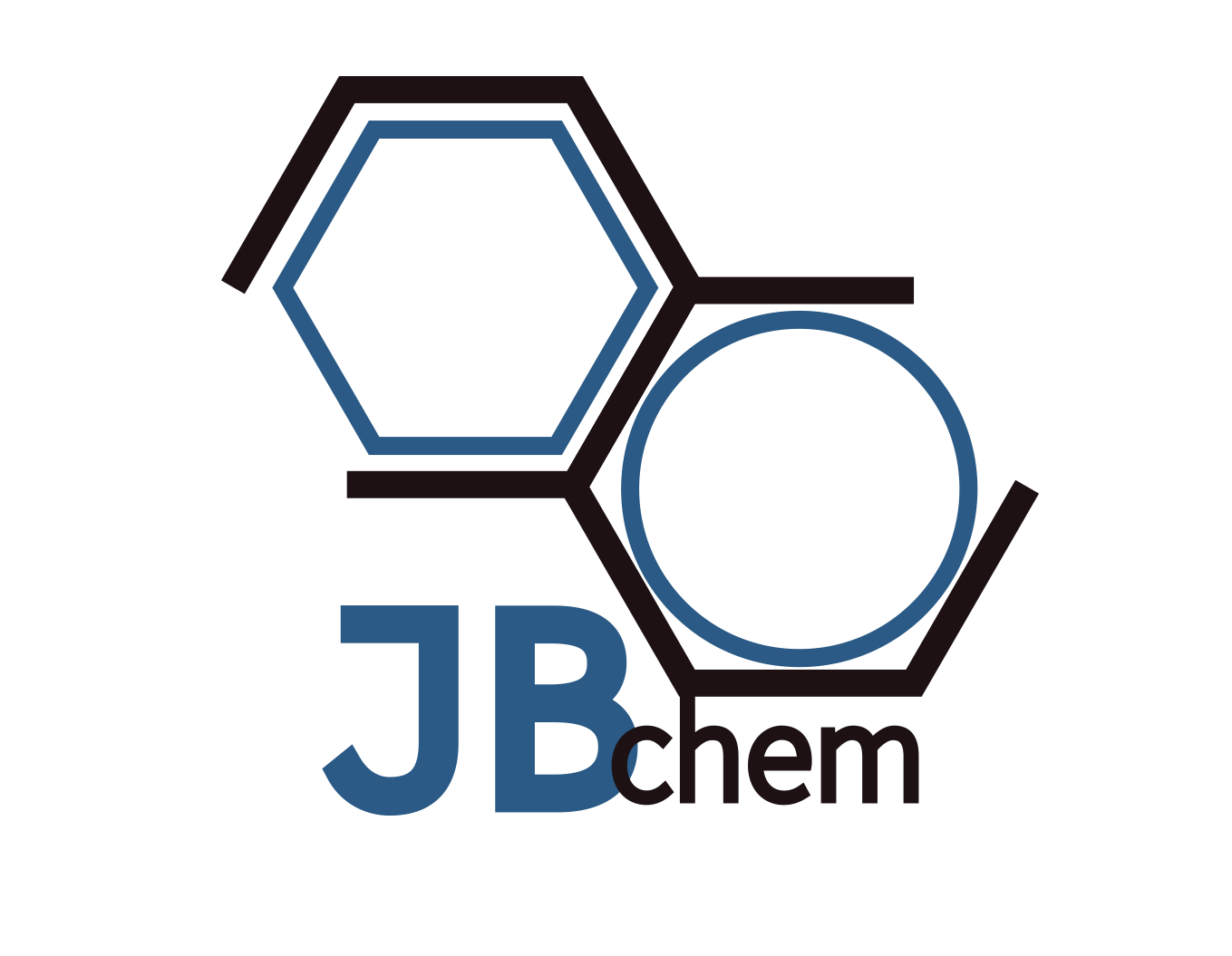Product Properties
High Purity Single-walled nanotubes (SWCNTs)
Purity: > 95 wt%
Outside diameter: 1-2 nm
Length: 5-30 um
SSA: > 640 m2/g
Ash: <5 wt%
Outside diameter: 1-2 nm
Length: 5-30 um
SSA: > 640 m2/g
Ash: <5 wt%
High Purity Single-walled nanotubes (SWCNTs)
Purity: > 95 wt%
Outside diameter: 1-2 nm
Length: 5-30 um
SSA: > 583 m2/g
OH: >7 wt%
Purity: > 95 wt%
Outside diameter: 1-2 nm
Length: 5-30 um
SSA: > 583 m2/g
OH: >7 wt%
High Purity Single-walled nanotubes (SWCNTs)
Purity: > 95 wt%
Outside diameter: 1-2 nm
Length: 5-30 um
SSA: > 451 m2/g
COOH: >9 wt%
Purity: > 95 wt%
Outside diameter: 1-2 nm
Length: 5-30 um
SSA: > 451 m2/g
COOH: >9 wt%
High Purity Single-walled nanotubes (SWCNTs)
Purity: > 95 wt%
Outside diameter: 1-2 nm
Length: 5-30 um
SSA: > 627 m2/g
NH2: >0.5 wt%
Purity: > 95 wt%
Outside diameter: 1-2 nm
Length: 5-30 um
SSA: > 627 m2/g
NH2: >0.5 wt%
SWCNTs are used in the development of highly sensitive sensors for chemical, biological, and environmental monitoring. Their unique optical properties allow for their use in near-infrared (NIR) imaging applications, offering possibilities for medical diagnostics and security imaging systems.Due to their nanoscale dimensions and the ability to be functionalized with various biomolecules, SWCNTs are being explored for targeted drug delivery systems. They can be designed to deliver drugs directly to specific cells or tissues, reducing side effects and improving treatment efficacy. Furthermore, their optical properties are utilized in photothermal therapy for cancer treatment. The high surface area and chemical stability of SWCNTs make them suitable as catalysts or catalyst supports in chemical reactions, including fuel cells and water-splitting applications. They can improve the efficiency and selectivity of chemical processes.SWCNTs are used in the development of advanced filtration membranes for water purification and gas separation. Their small pore size and mechanical strength enable the creation of membranes that can efficiently remove contaminants at the molecular level.

